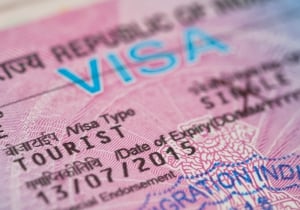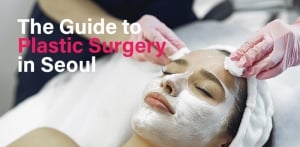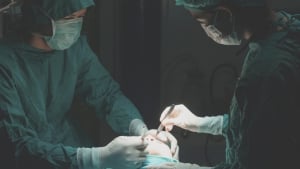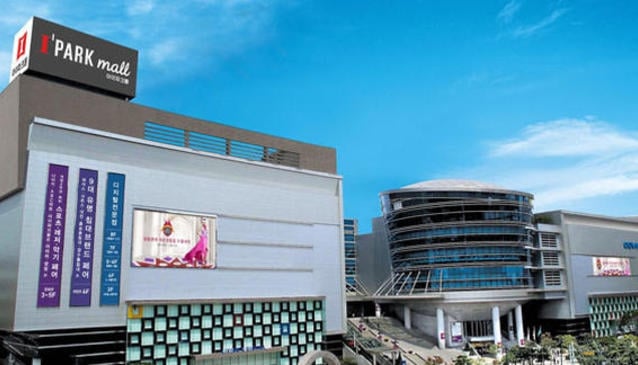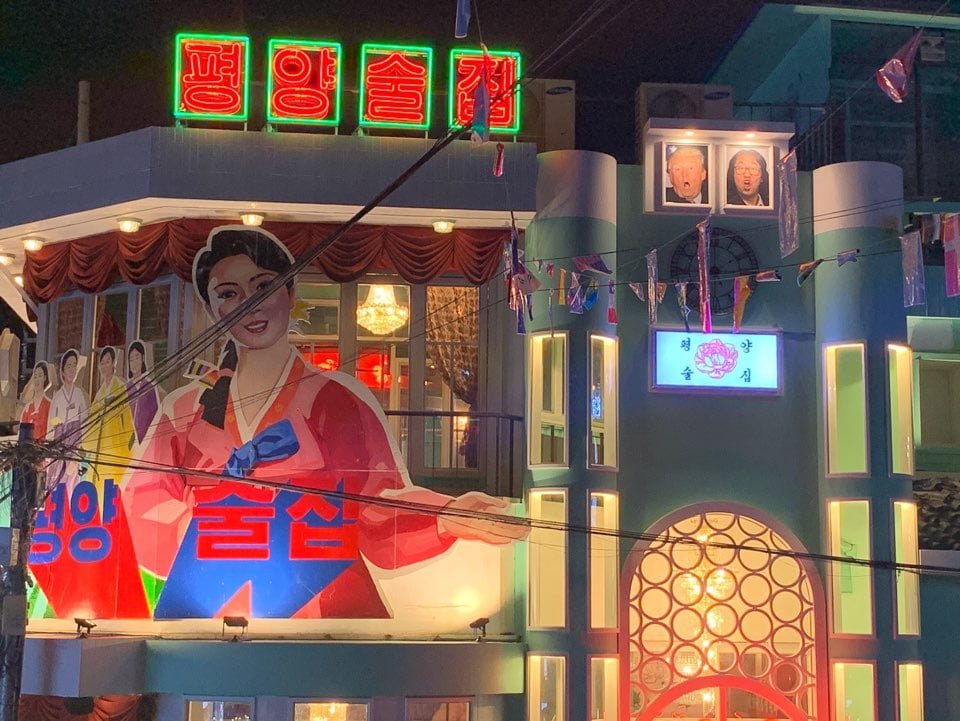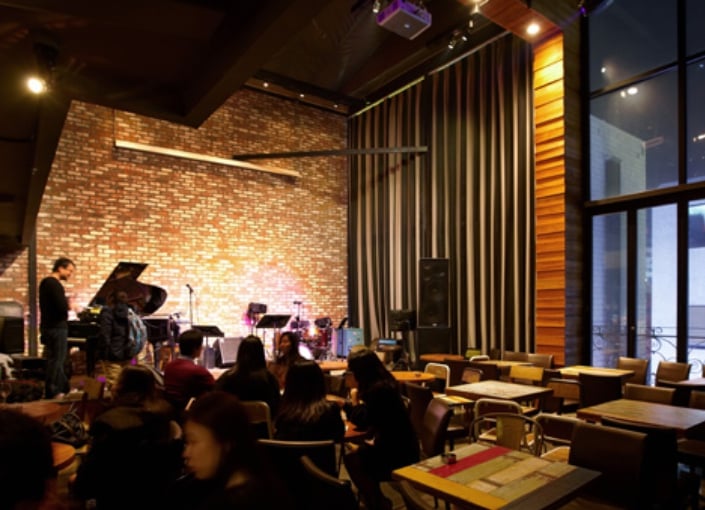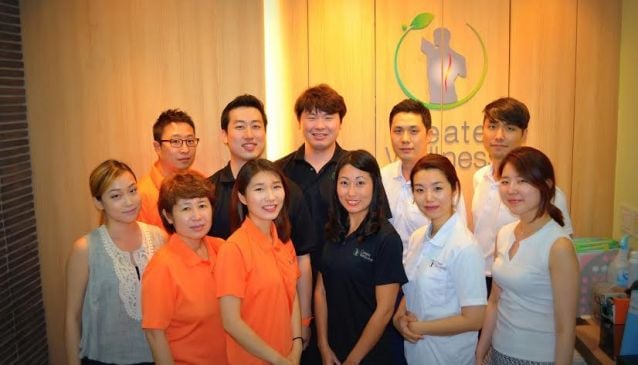Ptosis Correction in Korea | Best Clinics, Costs, Procedure Details & more!
Everything you need to know about getting ptosis correction in Korea
Ptosis correction in Korea is a surgical procedure that addresses the drooping of the upper eyelids, a condition known as ptosis. This condition can affect both vision and appearance, and while it can occur at any age, the causes and treatments may vary. In Korea, renowned for its advanced medical technology and highly skilled surgeons, ptosis correction has become a sought-after procedure for both functional and aesthetic improvements.Read on to learn more about what ptosis correction is, the cost, and the best clinics (like Made Young and THE PLUS) in Korea for this transformative procedure.
Table of Contents
- What Is Ptosis Correction
- Why Get Ptosis Correction in Korea
- What Does Ptosis Correction in Korea Involve
- How Long does Ptosis Correction Take in Korea
- Best Ptosis Correction Clinics in Korea
- Ptosis Correction Aftercare
- Cost of Ptosis Correction in Korea
- Alternatives to Ptosis Correction
- Frequently Asked Questions
What Is Ptosis Correction
Ptosis correction is a surgical intervention aimed at treating ptosis, the medical term for drooping eyelids. This condition can be congenital, present at birth, or acquired due to aging, muscle or nerve diseases, or trauma. The process of ptosis correction typically involves the surgical tightening or repositioning of the levator muscle, which is responsible for lifting the eyelid. In some cases, alternative muscles may be utilized to support the eyelid, especially in children where the condition can lead to vision problems like amblyopia if left untreated.
The benefits of ptosis correction are twofold: restoring the field of vision obstructed by the drooping eyelid and improving the aesthetic appearance of the eyes. The procedure can significantly enhance a patient's quality of life, allowing them to see clearly without the need to strain their forehead muscles and improving their overall facial expression. With various surgical techniques available, such as the external approach, internal approach, and frontalis sling fixation, the procedure is tailored to the individual's specific condition and desired outcome.

Why Get Ptosis Correction in Korea
Korea has established itself as a global leader in plastic and cosmetic surgery, with ptosis correction being no exception. The country's medical infrastructure is equipped with state-of-the-art technology and is staffed by surgeons who are not only highly trained but also have a wealth of experience in performing intricate eye surgeries. Korean clinics are known for their meticulous attention to detail and their ability to deliver natural-looking results that complement the patient's overall facial features.
One of the key benefits of undergoing ptosis correction in Korea is the holistic approach to patient care. Korean surgeons take into account the entire eye area, including the top, bottom, and sideline proportions, to craft an eye shape that is harmonious with the rest of the face. Additionally, the emphasis on safety and patient satisfaction is paramount, with clinics implementing rigorous safety protocols and providing comprehensive post-surgery care to ensure optimal recovery and results.
What Does Ptosis Correction in Korea Involve
For foreign visitors considering ptosis correction in Korea, the process is streamlined and patient-centric. Most clinics offer initial consultations to assess the patient's condition and discuss the most suitable surgical approach. Diagnostic tests are conducted to determine the strength of the levator muscle, which influences the choice of surgical technique. The procedures are typically outpatient, with local anesthesia being the norm, although general anesthesia may be used in certain cases.
The duration of the surgery can range from 30 minutes to two hours, depending on the complexity of the case and the method used. Patients are usually able to return to their daily activities within a week, with stitch removal occurring around the same time. Korean clinics are well-versed in catering to international patients, providing language assistance, and ensuring that the entire experience, from pre-surgery evaluation to post-operative care, is comfortable and stress-free. The actual surgical time for ptosis correction in Korea can vary based on the specific technique employed and the individual case. Generally, the procedure can take anywhere from 30 minutes to two hours. Recovery time is also relatively short, with most patients being able to resume normal activities within a week to two weeks post-surgery. The quick recovery is attributed to the advanced surgical methods and the high level of post-operative care provided by Korean clinics.
Below are the key points outlining the ptosis correction procedure:
- Hospitalization: Not required for most cases; the procedure is often performed on an outpatient basis. In some instances, a one-day hospital stay may be recommended based on the patient's health or the complexity of the surgery.
- Anesthesia Method: Performed under sleeping anesthesia, where the patient is asleep and does not feel any pain during the procedure.
- Surgery Time: The procedure typically takes between one to two hours, depending on the complexity of the ptosis and whether one or both eyelids are being corrected.
- Stitch Removal: Sutures are usually removed about one week after the surgery. This process is generally straightforward and causes minimal discomfort.
- Recovery Period: The initial recovery period is approximately one to two weeks, during which significant swelling and bruising may subside enough for daily activities. Patients should follow post-operative care instructions closely to ensure a smooth recovery.
Best Ptosis Correction Clinics in Korea
Korea is home to numerous clinics that specialize in ptosis correction, each offering a unique blend of expertise, technology, and patient care. These clinics are renowned for their successful clinical outcomes and their commitment to safety and satisfaction.
Not sure which clinic to contact? Why not use a local medical tourism service that will help you get in contact with the right clinic. Find out more about ShinMedical here.
1. Made Young Clinic
At Made Young Plastic Surgery, ptosis correction is a specialized procedure tailored to correct eyelid droopiness by treating the weakened levator palpebrae superioris muscles, ensuring the eyes project a brighter and more alert appearance. Below are the key points about the Ptosis Correction procedure at Made Young:
Understanding Ptosis at Made Young
- Diagnosis is Critical: Made Young differentiates between true ptosis, which requires correction due to severe muscle weakness, and pseudoptosis where the droopiness resembles ptosis but is due to other factors and might not require ptosis correction.
- True Ptosis vs. Pseudoptosis: True ptosis necessitates surgery to correct the muscle weakness, while pseudoptosis can often be treated with double eyelid surgery alone.
Ptosis Correction Techniques
- Non-incision Ptosis Correction: Recommended for candidates with thin eyelids, mild sagging, and minimal eyelid fat. This method focuses on minimal tissue damage and faster recovery.
- Incision Ptosis Correction: Suited for individuals with thick eyelids, severe sagging, and significant eyelid fat. This technique allows for comprehensive correction, including fat removal and muscle tightening.
Find more info about Made Young on their official website.
2. THE PLUS
THE PLUS is a clinic that stands out for its decade-long expertise in ptosis correction. The clinic's approach is to consider the entire eye area, ensuring that the results are not only functional but also aesthetically pleasing. With a focus on individualized treatment plans, THE PLUS conducts a comprehensive analysis of each patient's eye shape and skin condition to achieve a sophisticated appearance.
Safety is a top priority at THE PLUS, with advanced medical equipment and strict safety procedures in place. The clinic offers a range of ptosis correction techniques, including non-incision and full incision methods, ensuring that each patient receives the most appropriate treatment. Post-surgery care is thorough, with 1:1 management and guidance on self-care techniques to promote healing.
Find more info about The PLUS Clinic on their official website.

Ptosis Correction Aftercare
After undergoing ptosis correction, patients need to follow specific aftercare instructions to ensure proper healing and optimal results. This typically includes using prescribed eye drops and ointment to keep the eye lubricated and prevent infection or irritation. Patients are advised to limit activities that could strain the eyes, such as heavy lifting or vigorous exercise, for up to a week. Rubbing the eye should be avoided to prevent disturbing the surgical site.
It's common for the eyelids to feel tight or difficult to close completely immediately after the surgery, especially in the case of frontalis sling fixation. This sensation usually resolves within a few months. Regular follow-up appointments are crucial to monitor the healing process and address any concerns that may arise.
Cost of Ptosis Correction in Korea
The cost of ptosis correction in Korea is competitive, especially when compared to the prices in the USA. While costs can vary depending on the clinic and the complexity of the procedure, patients often find that the overall expense, including travel, is still lower than undergoing the surgery in the United States. In Korea, the focus on efficiency and the high volume of procedures performed allows clinics to offer high-quality care at more affordable rates. Starting rate for ptosis correction in Korea is usually around 2.5mil (equal to $2,000), but this depends on your unique situation and the clinic.
In the USA, the cost of cosmetic eyelid surgery can range from $3,700 to $7,200, with the average price around $4,400 in certain cities. However, if the surgery is deemed medically necessary, such as when ptosis obstructs vision, it may be covered by medical insurance. In Korea, while the exact prices are not disclosed in the provided articles, the cost is generally lower, making it a beneficial option for those seeking both quality and value.
Alternatives to Ptosis Correction
For individuals who may not be suitable candidates for ptosis correction surgery or who prefer non-surgical options, there are alternatives available. These include:
- Prescription Eye Drops: Medications like oxymetazoline can temporarily improve eyelid lift in some adults with acquired ptosis. However, this option is not effective for all types of ptosis, particularly those caused by injury or nerve issues.
- Brow Lifts: While not a direct alternative to ptosis correction, brow lifts can elevate the eyebrows and indirectly reduce the appearance of drooping eyelids. This procedure is more cosmetic in nature and does not address the underlying muscle weakness. Click here to find out more about eyebrow lifting in Korea.
- Eyelid Tape or Glue: For a temporary and non-invasive solution, eyelid tape or glue can create the illusion of lifted eyelids. This method is commonly used for cosmetic purposes and does not provide a permanent fix.
Frequently Asked Questions
What is Ptosis Correction?
Ptosis correction is a surgical procedure that corrects the drooping of the upper eyelids by tightening or repositioning the levator muscle or utilizing alternative muscles to lift the eyelid.
What is the Cost of Ptosis Correction in Korea?
The cost of ptosis correction in Korea is generally lower than in the USA, offering a cost-effective solution for patients seeking high-quality surgical care. Exact prices vary by clinic and procedure complexity.
What is the Best Clinic for Ptosis Correction in Korea?
The best clinic for ptosis correction in Korea will depend on the patient's specific needs and preferences. Clinics like THE PLUS and Haru Clinic are among the top-rated for their expertise, safety standards, and successful clinical outcomes.




